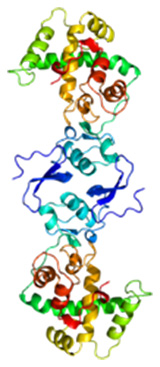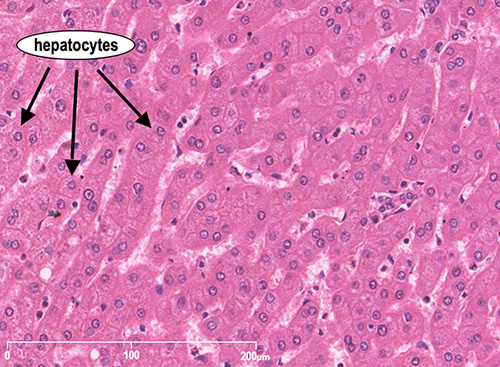APAF Newsletter Vol. 6 No. 1
Greetings from the APAF team. In this newsletter we take the opportunity to highlight two recent research projects where APAF’s expertise in sample handling, mass spectrometry and bioinformatics has contributed to high quality publications for these research teams.
APAF is proud of the quality customer experience we provide to researchers. Through survey and interview our market research confirms that APAF provides excellent, high value engagement for researchers in the public and private sector. As part of a culture of continuous improvement, we welcome users to take part in this survey to give us your feedback.
National Collaborative Research Infrastructure Scheme (NCRIS) funding is an important scheme to support access to facilities such as APAF. Omics sciences (genomics, proteomics, metabolomics, bioinformatics) are key underpinning capabilities that provides broad utility for life-science research across Australia. To contribute any feedback to the national research infrastructure capability issues paper follow this link
A new circulating prognostic bio-marker protein of malignant mesothelioma

Malignant mesothelioma is an asbestos-related malignancy where there is a paucity of useful molecular markers for prognosis and response to therapy. In this research project initiated by Drs Stephen Kao and Glen Reid from the Asbestos Disease Research Institute, APAF applied iTRAQ mass spectrometry as a screening approach to examine plasma from patients with short and long survival times. The study revealed five proteins that segregate these patient groups; Secreted protein acidic and rich in cysteine (SPARC), selenoprotein P, tetranectin, IBP2 and CXCL7. These proteins were examined by ELISA , where high SPARC levels correlated with shorter survival. This finding was confirmed in an independent cohort of malignant mesothelioma patients offering promise as a circulating prognostic biomarker. (Image courtesy Wikipedia, the free encyclopedia). Read more
APAF customer survey shows high satisfaction in delivery and response

APAF provides professional service to a wide range of life-science researchers in industry and academia. We have a culture of continuous improvement in the delivery of technologies and services which is influenced through customer survey and feedback. Read More
Biomarkers of Impaired Glucose Metabolism detected in conditioned media using Mass Spectrometry

In a research project led by Professor Matthew Watt from the Department of Physiology, Monash University, APAF used mass spectrometry to examine the conditioned media of murine hepatocytes to compare steatotic (excess lipid accumulation) versus non-steatotic livers. We developed a workflow to enrich secreted proteins followed by an iTRAQ labelling approach and reported 168 classically secreted proteins in the media. 32 of these hepatokines were differentially secreted. Read More
